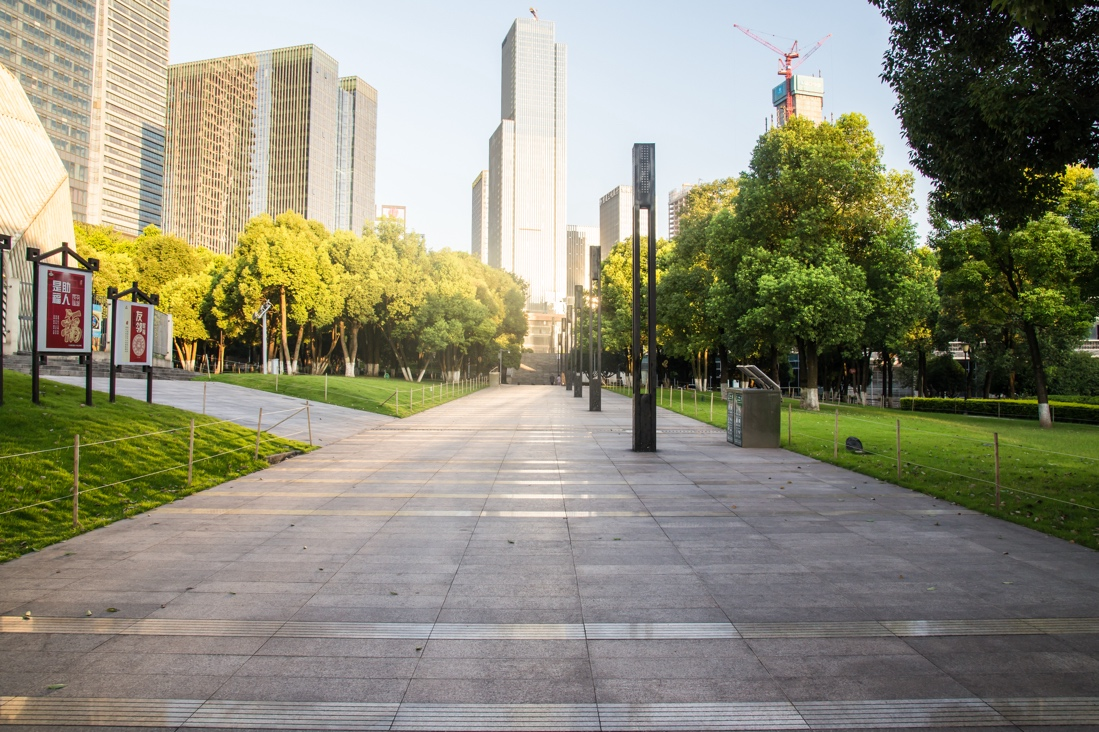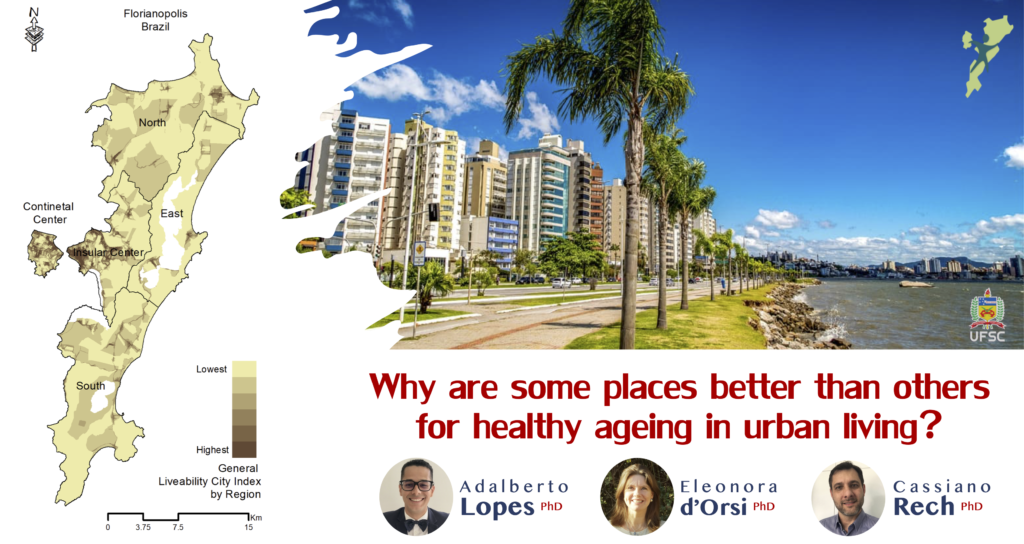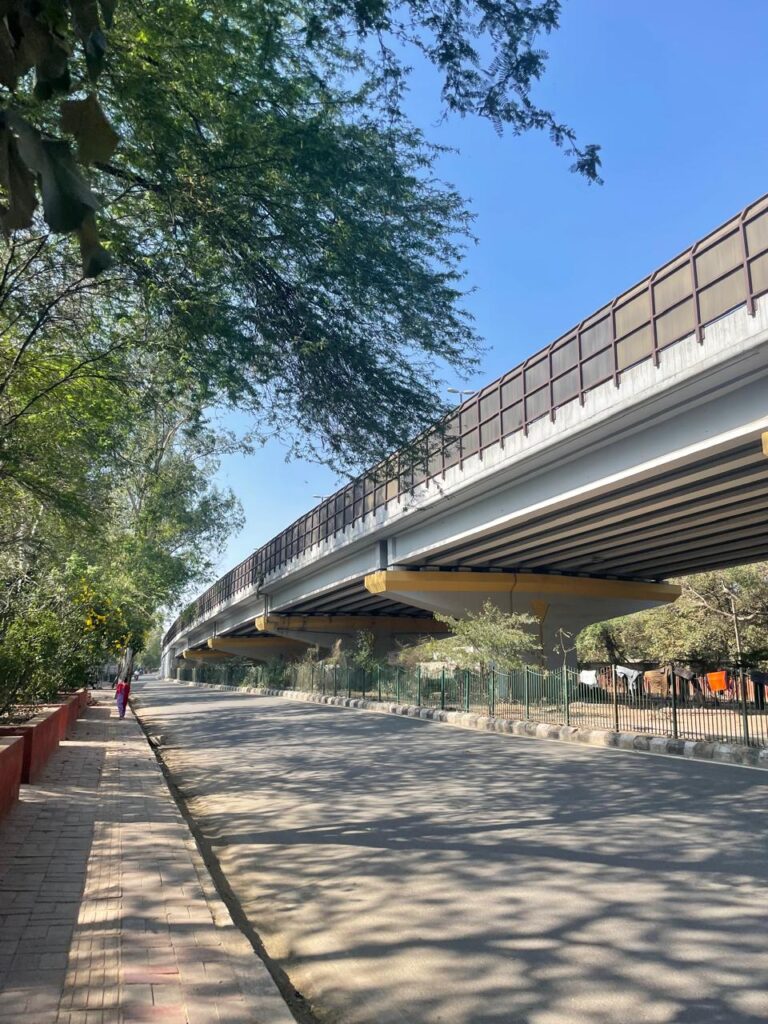City Know-hows

Discover how our innovative audit tool transforms urban parks into activity-friendly spaces. Designed specifically for dense city areas, this tool helps decision-makers enhance park features, promoting healthier and more active communities.
Share
Target audience
City planners, urban designers, and public health officials need to be aware of our work. These stakeholders, especially in rapidly growing and densely populated cities worldwide, will be benefited from understanding how our audit tool can enhance park environments to promote physical activity and community well-being on a global scale.
The problem
In densely populated urban areas, we often face challenges of creating new parks due to limited space and growing population. Existing parks frequently lack the necessary features to encourage physical activity, which is vital for community health. Current audit tools designed for lower-density areas do not address the unique challenges of dense urban settings. We needed a solution to evaluate and improve these parks effectively to promote active living in these environments.
What we did and why
We developed the Tool for Activity-friendly Parks in dense urban areas (TAPS) to address the unique needs of dense urban settings. By systematically reviewing existing audit tools and consulting interdisciplinary experts, we created a comprehensive tool with 74 items across five dimensions. Our aim was to provide a reliable and user-friendly method to assess and improve park features, ultimately promoting physical activity and enhancing community health
Our study’s contribution
Our study introduces a novel approach to evaluating parks in dense urban areas, addressing a critical gap in existing tools.
• We offer a reliable and valid audit tool specifically designed for densely populated settings.
• Our Tool for Activity-friendly Parks in dense urban areas is user-friendly and suitable for non-specialists, making it accessible for widespread use.
• Our findings highlighted key park attributes that support physical activity, providing actionable insights for urban planners and public health officials.
Impacts for city policy and practice
Our findings have significant implications for city policy and practice.
• We recommend integrating our Tool for Activity-friendly Parks in dense urban areas into regular park evaluations to ensure parks meet the needs of dense urban populations.
• City planners and urban designers can use our tool to identify and enhance park features that promote physical activity.
• Public health officials can leverage the Tool for Activity-friendly Parks in dense urban areas to design interventions that encourage active living, ultimately improving community health and well-being.
Further information
Full research article:
Developing and testing an audit tool for activity-friendly parks in dense urban areas of Asia by Yufeng Luo, Monica Motomura, Jing Zhao, Tomoya Hanibuchi, Tomoki Nakaya, Ai Shibata, Kaori Ishii,Akitomo Yasunagah, Shohei Yano, Lei Xiong, Yukari Nagai, Gavin R. Mccormack, Andrew T. Kaczynski, Koichiro Oka & Mohammad Javad Koohsari.
Related posts

Urban health is a complex system that involves several indicators acting together, there is no single solution to the health-related issues in cities. We wanted to promote healthy ageing in urban living. Our strategy was to take people’s needs and demands into account, when evaluating, monitoring and proposing feasible changes in built, natural and social environments.

Evaluating urban environments is crucial for enhancing mental well-being. Identifying key indicators and developing a robust framework are essential steps in effectively measuring the impact. This method is fundamental for designing targeted strategies to improve mental health outcomes through informed interventions.

Autism inclusive urban environments design principles to support sensory and cognitive navigation.